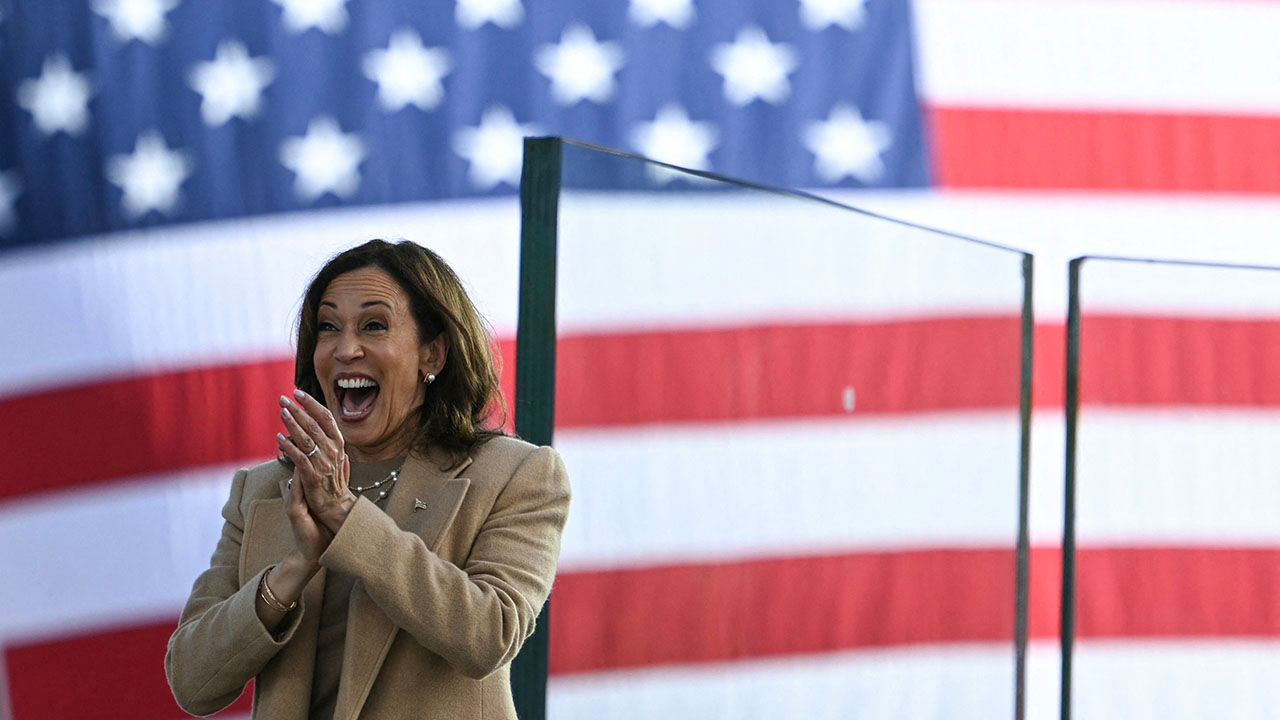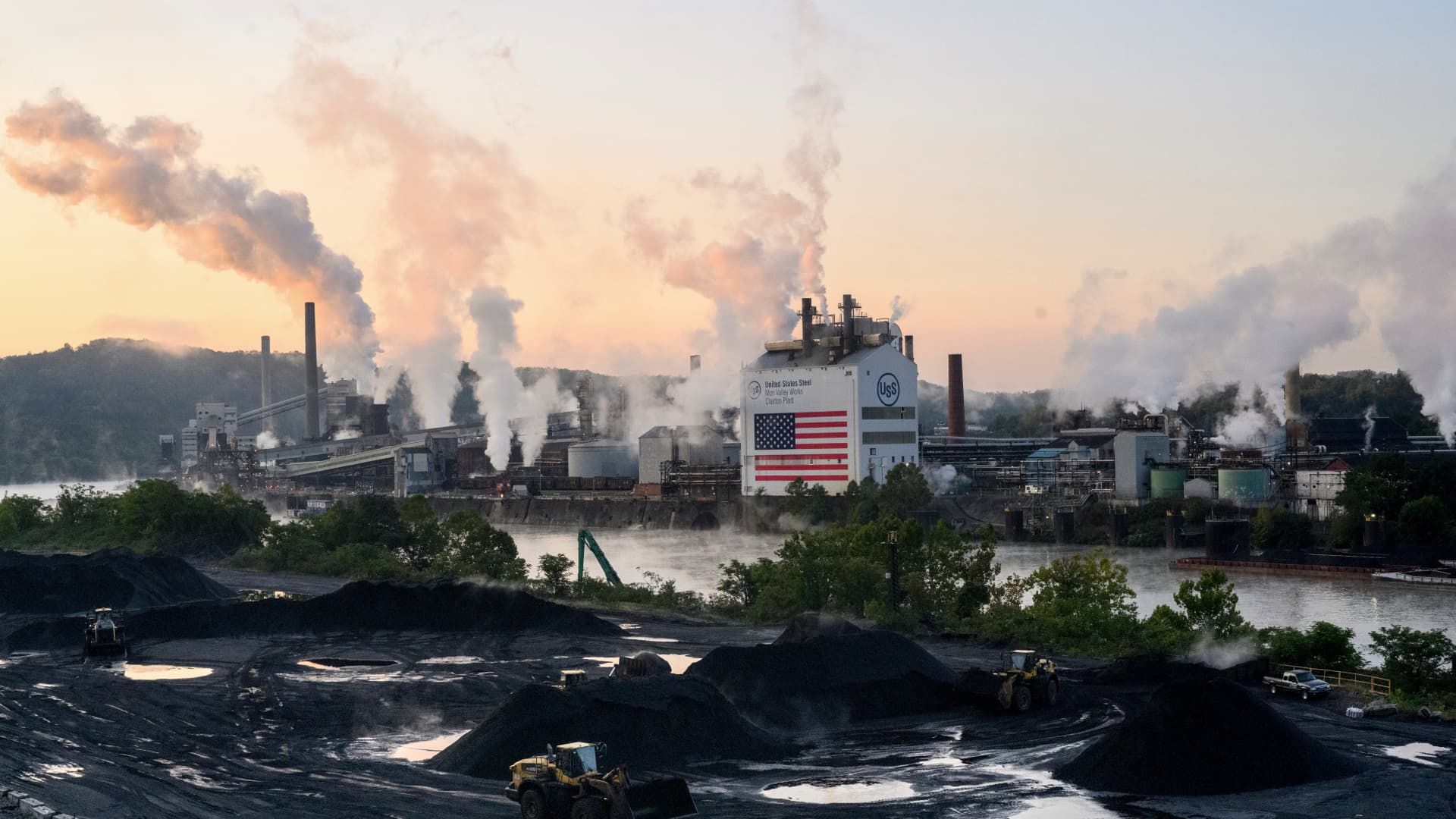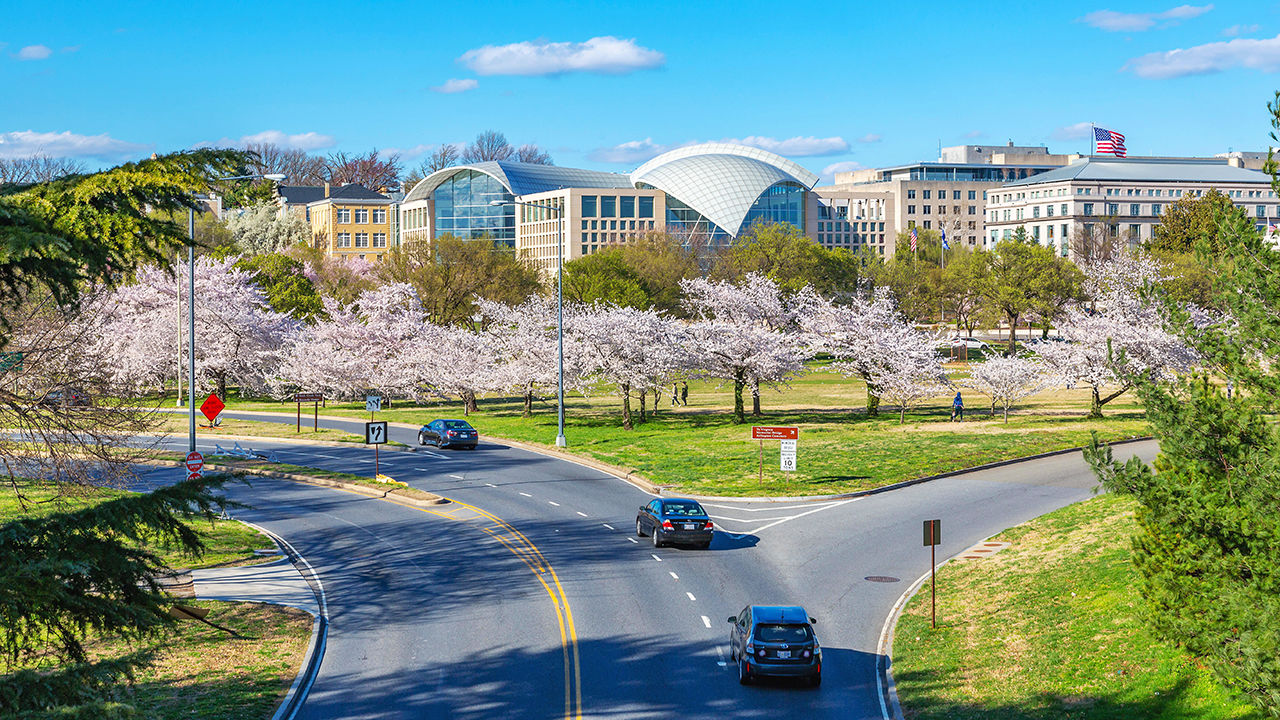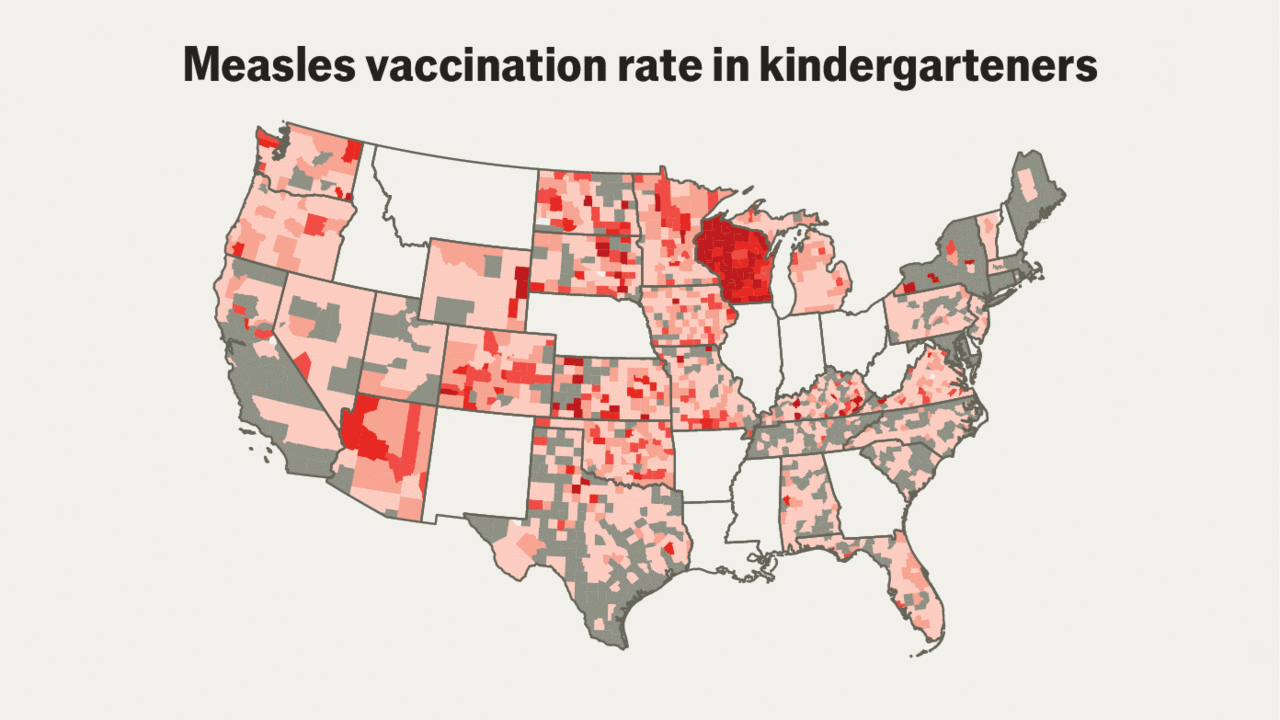AS THE ELECTION approaches its climax, dozens of opinion polls of American voters are churned out each day. None is so eagerly awaited as the final Des Moines Register/Mediacom poll of Iowa, produced by Selzer & Co, a polling firm. On “Election Twitter”—the colloquial name for a community of political-data junkies on X—this particular poll has taken on a legendary status. On the evening of November 2nd, it showed Kamala Harris leading Donald Trump in Iowa, sending Election Twitter into a frenzy. Why?
Selzer & Co is a high-quality pollster. It is rated as one of the best in the country by FiveThirtyEight, a data-journalism outfit that tracks polling accuracy. The Selzer Poll is recognised for its success projecting the Iowa caucus—the early test that has been a staging ground for presidential nominees. And the pollster’s predictive powers in presidential elections has been stretched beyond Iowa, the state it usually surveys.
In the past five presidential elections, the final Iowa polls by Selzer and Co have had an average absolute error of 3.1 percentage points in the state. They have predicted the result in Iowa correctly four out of five times—an impressive record. But the most surprising thing about this record is that the Selzer Poll performs better in some states other than Iowa, where its respondents live.
Taking the implied change in vote shares from the Iowa poll and applying them to other states, the average absolute error is lower in four of them than in Iowa: North Dakota, South Dakota, Michigan and Wisconsin. Indeed, this crude method outperforms 14 states’ own polling averages from 2004 to 2020. The strange phenomenon has been particularly striking in the past two presidential cycles, when Michigan and Wisconsin were crucial battleground states. Polls in those states underestimated Donald Trump, the Republican nominee, whereas the Selzer Poll did not.
Despite the obvious point that a poll of Iowans cannot be directly translated to Michiganders or Wisconsinites, for some poll-watchers the survey has taken on a near-mythical ability to forecast the election across the country. If that were the case, the results published on Saturday would be very good news for Ms Harris. The poll shows her leading in Iowa by three percentage points; Mr Trump won the state by eight points in 2020. Applying that shift across the country would see Ms Harris win the election in a landslide, with 416 electoral-college votes.
Democrats should not celebrate too soon. It is true that states such as Wisconsin and Michigan have characteristics in common with Iowa, but the Selzer Poll’s historical out-of-state record is probably a fluke. With only five polls to go on (Ms Selzer has been running the Iowa poll since 1987 but archived results have not been digitised), the sample is too small to say if the Iowa poll is truly predictive of other states. Even within the state, the record is not perfect. The poll estimated Barack Obama to have a lead of 17 points in 2008, for example, and he went on to win by just ten. Taking the average error from previous Iowa polls in each state, the projected advantage for Ms Harris is within the margin of error in Pennsylvania, North Carolina, Georgia and Arizona, among the key states.
That said, our forecast gives Ms Harris a 4-in-100 chance of flipping Iowa now that the Selzer Poll is included. It is a respected survey which happens to have outperformed other pollsters, even outside Iowa. If Saturday’s reading correctly foretells a landslide for Ms Harris, prepare for the Selzer Poll to enjoy even greater veneration.■

 Economics1 week ago
Economics1 week ago
 Economics1 week ago
Economics1 week ago
 Economics1 week ago
Economics1 week ago
 Economics1 week ago
Economics1 week ago
 Blog Post1 week ago
Blog Post1 week ago
 Economics1 week ago
Economics1 week ago
 Economics7 days ago
Economics7 days ago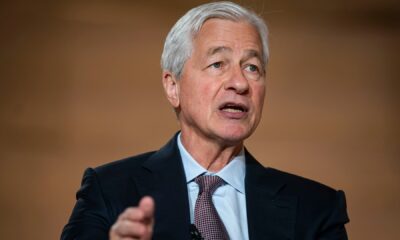
 Economics1 week ago
Economics1 week ago
